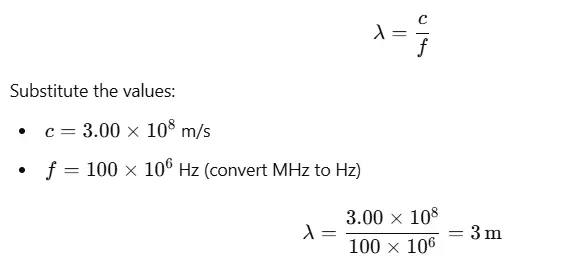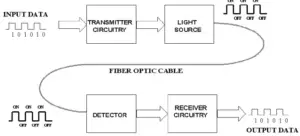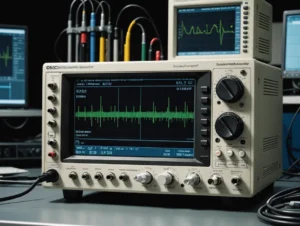The relationship between wavelength and frequency is a fundamental concept in understanding the behavior of waves, including light and sound waves. Let’s dive deeper into what these terms mean and how they are connected mathematically.
What Are Wavelength and Frequency?
- Wavelength (λ): The distance between two consecutive points in phase on a wave, such as from crest to crest or trough to trough. Wavelength is typically measured in meters (m).
- Frequency (f): The number of wave cycles that pass a point per unit of time, usually measured in hertz (Hz), where 1 Hz equals one cycle per second.
These two properties are inversely related, meaning as one increases, the other decreases.
The Mathematical Formula Connecting Wavelength and Frequency
The formula connecting wavelength, frequency, and wave speed is given by:
c=λ⋅f
Where:
- c= speed of the wave (in meters per second, m/s)
- λ = wavelength (in meters, m)
- f = frequency (in hertz, Hz)
For electromagnetic waves traveling in a vacuum, ccc is the speed of light, approximately 3.00×10E8 m/s..
Practical Example of Wavelength and Frequency Calculation
Imagine a radio wave with a frequency of 100 MHz (megahertz). What is its wavelength?
Using the formula c=λ⋅f, rearrange to solve for wavelength:

Thus, the wavelength of this radio wave is 3 meters.
Key Points to Remember
- Inverse Relationship: When frequency increases, wavelength decreases, and vice versa.
- Constant Speed: In a given medium, the speed of a wave is constant, so wavelength and frequency adjust inversely.
- Applications: This relationship is essential in fields like telecommunications, astronomy, and acoustics.
By understanding the relationship between wavelength and frequency, you can unlock insights into the behavior of waves across different mediums and applications.







